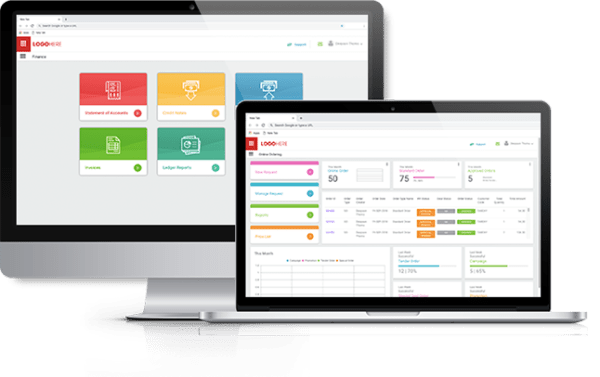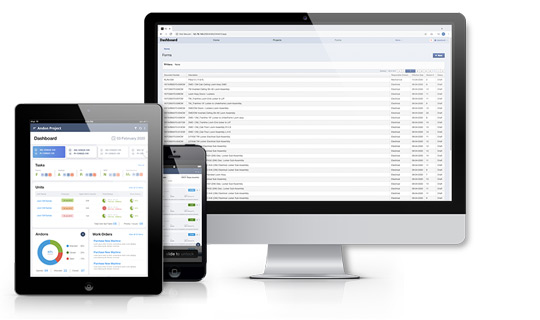Real-time web applications that deliver instant updates and interactions have become increasingly popular. Angular, coupled with WebSockets, provides a powerful combination for building such applications. In this article, we’ll delve into the integration of WebSockets with Angular to create a real-time data-driven experience for users.
Understanding WebSockets: Understanding their mechanisms, implementations, and associated considerations is crucial for developers seeking to build responsive, real-time applications. As WebSockets continue to evolve, embracing their capabilities will be integral to delivering engaging and dynamic user experiences on the modern web. Real-time communication between clients and servers has become crucial. WebSockets stand out as a powerful technology for enabling this bidirectional, full-duplex communication. WebSockets are a communication protocol that provides full-duplex, bidirectional communication channels over a single, long-lived TCP connection. Unlike traditional HTTP requests, which follow a request-response model, WebSockets enable real-time, low-latency communication between a client (typically a web browser) and a server.
Setting Up WebSocket Communication in Angular: Setting up WebSocket communication in Angular involves integrating WebSocket functionality into your Angular application using libraries or native APIs. Installing necessary dependencies or libraries (e.g., ngx-socket-io or angular-websocket). Creating a WebSocket service in Angular to handle connections and messages.
Implementing Real-time Features: Implementing real-time features in an Angular application involves leveraging WebSocket communication to enable live updates and interactions between the client and server. Create or modify the WebSocket service to handle chat-related functionality. Create an Angular component to manage the chat interface and utilize the WebSocket service. Create an HTML template to display the chat interface. The ChatService handles WebSocket communication, connecting to the chat server, sending and receiving messages, and managing the WebSocket lifecycle. The ChatComponent initializes the WebSocket connection when the component is created (ngOnInit()), sends messages on user input, and closes the connection when the component is destroyed (ngOnDestroy()). The HTML template displays the chat interface with a message input area and a send button. Adjust the code according to your specific chat server implementation and chat interface requirements for displaying messages and user interactions in real-time.
Data Synchronization with WebSockets: WebSockets play a pivotal role in facilitating instantaneous data synchronization between clients in real-time applications. WebSockets allow bidirectional communication, enabling both the client and server to initiate communication and exchange data at any time. This bidirectional nature is crucial for instantaneous data synchronization between clients. Unlike traditional HTTP, which follows a request-response model and establishes a new connection for each request, WebSockets maintain a single, long-lived connection between the client and server. This persistent connection remains open, enabling immediate data transmission without the overhead of connection establishment for each interaction. With WebSockets, servers can push data to clients as soon as new information is available, without waiting for client requests. This capability allows for instant updates and synchronization across multiple clients in real-time. For instance, in a chat application, when a user sends a message, the server can immediately push that message to all connected clients, ensuring real-time synchronization. WebSockets are efficient in transmitting data, as they have less overhead compared to HTTP. This efficiency allows for faster and lightweight communication, contributing to quick and seamless synchronization between clients.
Error Handling and Security Measures: Error handling and security measures are critical aspects when working with WebSockets in an Angular application. Implement error handling within the WebSocket service to manage various error scenarios that may occur during WebSocket communication. This includes handling connection errors, unexpected closures, and network issues. Provide appropriate user feedback when WebSocket errors occur. Display meaningful error messages or notifications in the UI to inform users about connectivity issues or failed communication attempts. Log WebSocket errors on the client-side for debugging purposes. Use console logs or error tracking tools to record errors and gather insights into potential issues. Use a secure WebSocket connection (WSS) with SSL/TLS encryption to ensure data confidentiality and integrity. This prevents eavesdropping and protects sensitive information transmitted between the client and server. Implement server-side validation and sanitization of incoming WebSocket messages to prevent potential security vulnerabilities such as injection attacks or malicious data manipulation. Implement proper authentication mechanisms to ensure that only authenticated users have access to WebSocket connections. This can involve using tokens, cookies, or other authentication methods to validate user identity before establishing a WebSocket connection.
Optimizing Real-time Performance: Optimizing real-time performance in an Angular application using WebSockets involves enhancing the efficiency, responsiveness, and scalability of the application. Minimize the size of data payloads sent over WebSockets by using efficient data formats (e.g., JSON with reduced redundancy) to reduce bandwidth usage and improve transmission speed. For large or binary data, consider using binary data formats like MessagePack or protobuf instead of JSON to reduce payload size and improve transfer speed. Implement throttling mechanisms to limit the frequency of WebSocket messages or events sent from the server to prevent excessive updates that could overwhelm clients. Use debouncing techniques on the client-side to control the rate of sending WebSocket messages based on user interactions, reducing unnecessary transmissions. Optimize server-side processing to handle WebSocket messages efficiently. Implement techniques like batching, caching, or optimizing server-side logic to reduce processing time and enhance scalability. Employ load balancing strategies and scale WebSocket servers horizontally to distribute incoming connections and handle increased traffic effectively.
Testing Real-time Functionality: Testing real-time functionality in an Angular application that utilizes WebSockets involves ensuring that the real-time features work as expected, including message transmission, reception, and handling of WebSocket events. Use testing frameworks like Jasmine or Jest to mock WebSocket connections within unit tests for the WebSocket service. Write tests to verify that the WebSocket service can successfully establish a connection with a mock WebSocket server. Test sending messages from the client and ensure that the WebSocket service receives and processes these messages correctly. Test WebSocket event handling such as ‘onopen’, ‘onmessage’, ‘onclose’, and ‘onerror’ in the WebSocket service to simulate various connection states.
Leveraging WebSockets in Angular opens up possibilities for building powerful, real-time applications. By combining Angular’s robust framework with the efficiency and speed of WebSockets, developers can create responsive, interactive experiences for users. Embracing these techniques will enable developers to craft engaging applications that thrive in real-time environments. Connect with https://www.zinemind.com/ to learn more about Building Real-time Applications with Angular and WebSockets.













